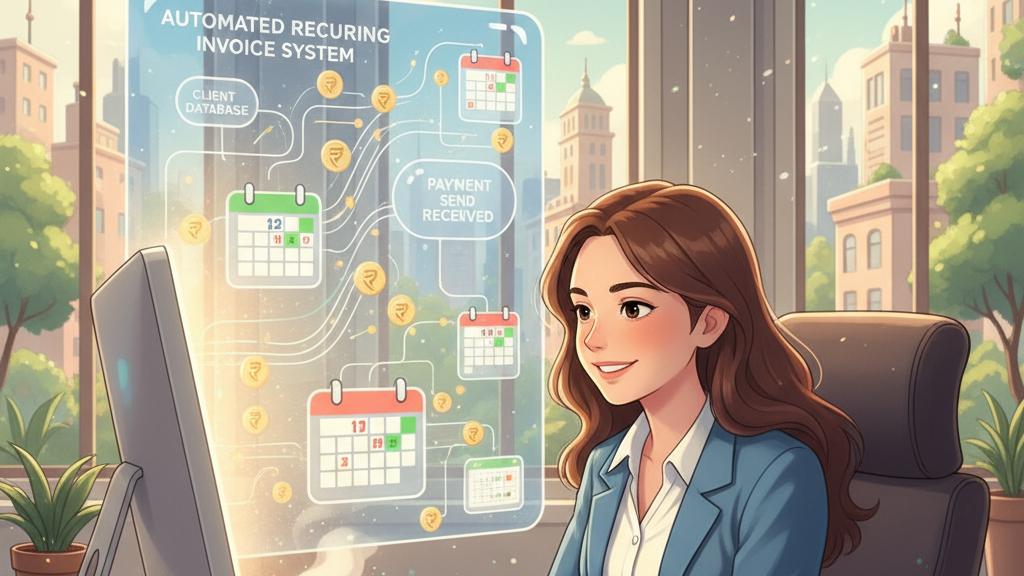
Recurring invoice preparation poses significant challenges for companies, particularly those with manual or semi-automated processes. Automating and optimizing this workflow using software like Invoiso can directly address these pain points, resulting in greater efficiency, accuracy, and business performance.
Key Challenges in Recurring Invoice Preparation
- Manual recurring invoicing consumes significant resources and time, often requiring staff to duplicate prior invoices, update billing details, and schedule individual follow-ups for payment collection.
- Frequent errors occur—like incorrect dates, pricing mistakes, missed invoices, and duplicate charges—which erode customer trust and introduce costly reconciliation overheads.
- Managing multiple customers with different billing cycles, amounts, and contract terms increases complexity, leading to delayed or missed invoices and inconsistent cash flow.
- Data entry mistakes, missing or inconsistent invoice details, and generic invoice templates can result in slow payments, dispute escalation, and prolonged cash recovery cycles.
- Reliance on reminders, emails, or outdated spreadsheets for tracking overdue payments or retrying failed transactions means more manual work and higher likelihood of missed revenue.
- Adapting to business changes (such as subscription upgrades, downgrades, proration, and one-time adjustments) manually can introduce mistakes and delay billing operations.
- Compliance risks and difficulty in tracing tax or GST breakups for different clients or jurisdictions further complicate manual processes.
How Invoiso Optimizes and Automates Recurring Billing
- Invoiso automates the entire workflow: invoices are scheduled, generated, customized, and sent to clients automatically, reducing manual steps and removing the risk of missed or late invoicing.
- Built-in validation and error detection minimize human mistakes, ensuring the correct details, amounts, dates, and customer information every cycle.
- Advanced customer management tools allow businesses to handle varied billing cycles, flexible payment schedules, and custom contracts with minimal fuss.
- Automated reminders and dunning email sequences reduce overdue payments and ensure customers are promptly reminded to make payments, minimizing cash flow disruption.
- Invoiso supports template personalization, enabling branding, tailored line items or terms, and GST-compliant formatting for the Indian market, which reduces the likelihood of client confusion or disputes.
- Real-time dashboards and reporting features allow businesses to monitor which recurring invoices are paid, pending, or failed at a glance, leading to improved financial forecasting.
- Seamless integration with accounting or ERP software ensures billing records are instantly updated and reconciled, removing double data entry and reducing workload.
Benefits of Moving to Invoiso for Recurring Invoices
- Saves operational time and reduces administrative costs dramatically.
- Boosts accuracy, consistency, and professionalism—raising client satisfaction and trust.
- Enables reliable, predictable cash flow and fiscal management for growth and stability.
- Directly supports compliance and tailored documentation for different markets and client requirements.
By adopting Invoiso, companies eliminate manual errors, streamline recurring billing, enhance client experience, and free up teams to focus on growth—not paperwork.
Conclusion
Managing recurring invoices manually drains time, increases errors, and slows down cash flow — especially as a business scales. With Invoiso, companies can automate every step of the recurring billing process, from invoice generation and reminders to payment tracking and reconciliation. This not only eliminates repetitive work and reduces compliance risks but also improves accuracy, speeds up collections, and builds trust with customers.
